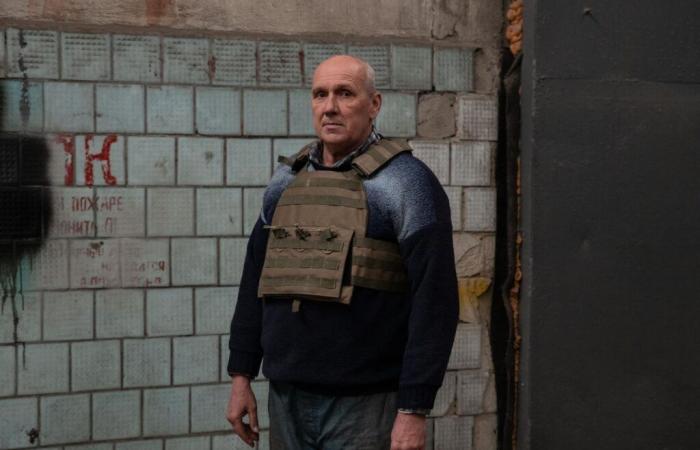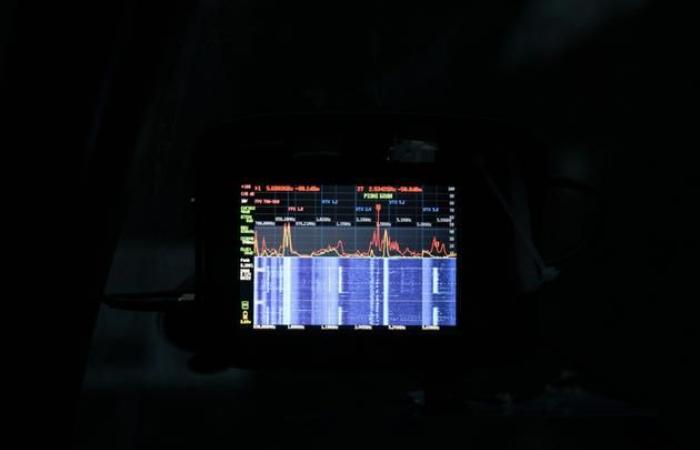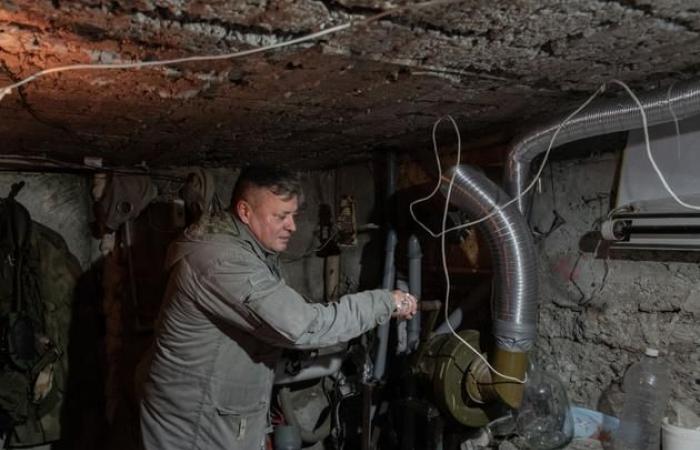Since its liberation two years ago, the city of Kherson, in southern Ukraine, has been ravaged by daily air attacks coming from the opposite bank, still occupied by the Russian army. Ernest Safonov, 57, parks his van under the trees and walks briskly down the few hundred meters towards his house, itself located 300 meters from the Dnieper. There is not a cat in this late afternoon in mid-November. The employee of the town hall's culture department makes sure to keep his feet on the asphalt “because of the mines [antipersonnel] Lepestok that the Russians launch their drones on the city. They are very well camouflaged”. On the other side of the Dnieper, we can see the left bank, still occupied by the Russian army. “Luckily there is no longer a sniper in front”he said as he reached his pavilion, in a neighborhood marked by numerous projectile impacts and apparently completely deserted.
The whir of a quadcopter drone is heard. Ernest jumps against the wall of his house and scans the sky, tense with fear. The sound changes pitch, signaling that the drone is moving nearby. After a few tens of seconds of anxiety, the sound disappears. “If it is an enemy drone, it will drop its load further away and return empty to its pilot”explains Ernest, who has already regained his calm. He displays a Russian quadcopter that fell near his car this summer, after failing to detonate his grenade. “I think Kherson is a training area for Russian drone pilots. They train on us civilians before going into battle. Here we call it the “safari”. »

Between the bank of the Dnieper and Perekopska Street, a strip 800 meters wide is deserted. The scars of bombing are visible everywhere. There is no one in the streets, and if a vehicle passes by, it drives like crazy. But the danger goes much further. This summer, when drone attacks on civilians reached their peak, a Russian Telegram channel dedicated to the attacks on Kherson published a map of the city with three quarters red to designate a “prohibited zone”. “Any vehicle traveling in this area is a legitimate target”repeats almost daily the Telegram channel “From Mariupol to the Carpathians”, hosted by Russian military bloggers, illustrating its remarks with videos of grenade drops by drone on civilian vehicles and sometimes on pedestrians.
You have 68.08% of this article left to read. The rest is reserved for subscribers.








